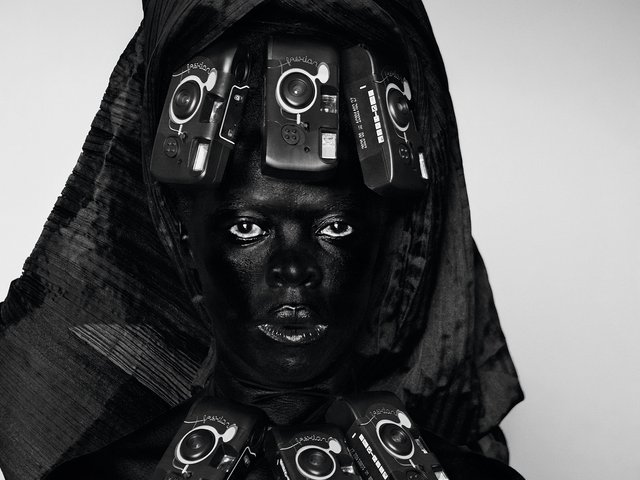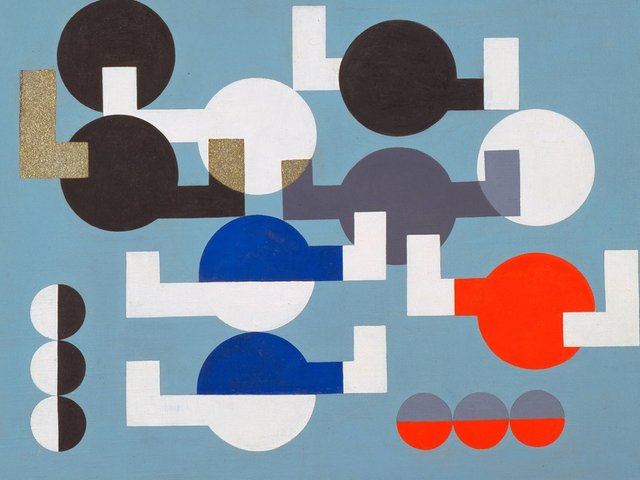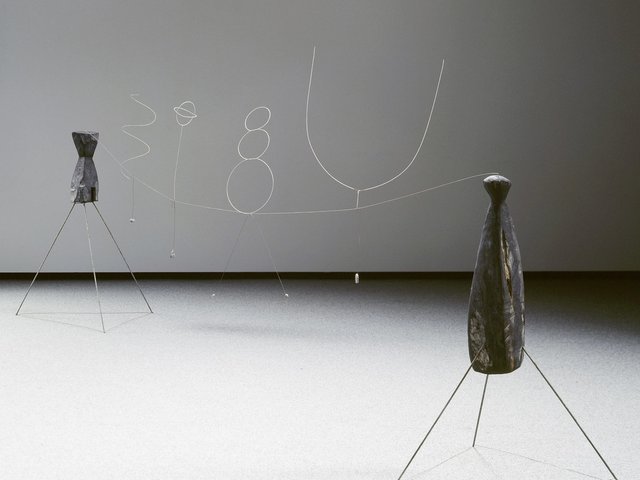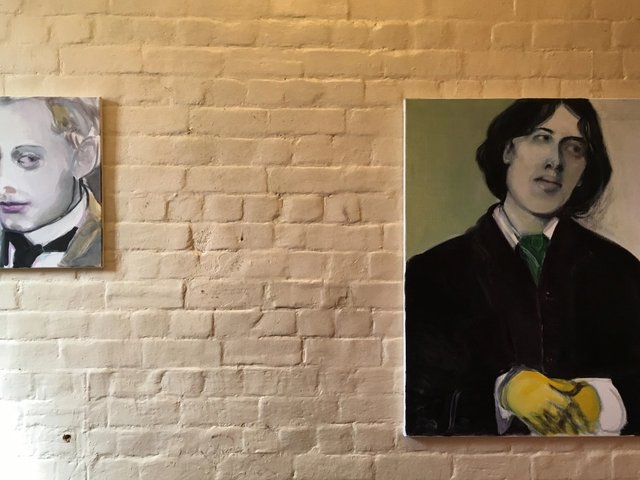Frederic Leighton’s Flaming June (1895) goes on show today (4 November) at the Victorian artist’s former home and studio in west London for the first time since 1930. The much-reproduced square canvas of a red-headed woman slumbering in a sheer orange dress has travelled to Leighton House Museum from the Museo de Arte de Ponce in Puerto Rico. The exhibition Flaming June: the Making of an Icon (until 2 April 2017) partially recreates the line-up for Leighton’s final submission to the Royal Academy of Arts—where Flaming June divided contemporary critics—before his death in January 1896. The exhibition aims to reveal the context behind Flaming June’s creation and only gradual rise to fame, says the museum’s senior curator, Daniel Robbins.
Paul Nash is probably the UK’s most famous war artist, having been unfortunate enough to participate in both World Wars. He served in the First before being injured, and most of his company were killed while he was at home convalescing. Nash’s early wartime landscapes were optimistic, showing the revival of nature after battle. But when Nash returned to Europe as an official war artist, his paintings changed to reflect the devastation of years of solid shelling—as if nature had taken flight and left the land to foolish men. Nash was later involved with international Modernism and Surrealism in particular, but it is in his muted paintings of conflict that he shines. The highlight of Tate Britain's Paul Nash exhibition (until 5 March) is the near-abstract Battle of Germany (1944), which shows the artist’s love of his medium even when depicting scenes of horror.
The last time the sale of Dead Sea Scrolls was publicly recorded was in 2009, when Azusa Pacific University in California bought five fragments for a reported $2.5m. Now, five previously unknown fragments of the religious manuscripts are on show–and for sale–at Shapero Rare Books in Mayfair. The items, which feature unidentified Hebrew lettering and come with a $1m price tag, form part of the exhibition, 2,000 Years of Jewish Culture (until 19 November). The show has been co-organised by the manuscript dealership Les Enluminures.





